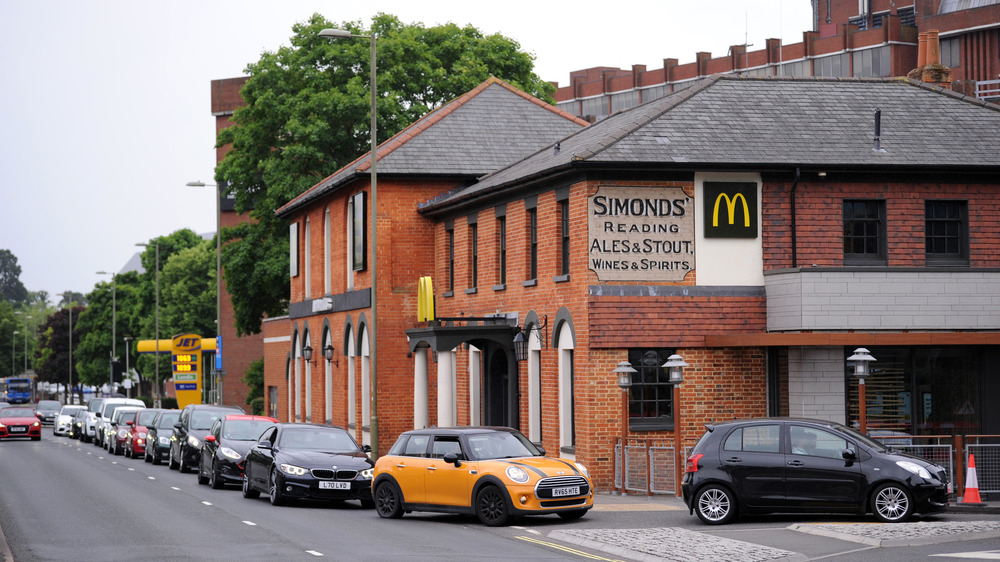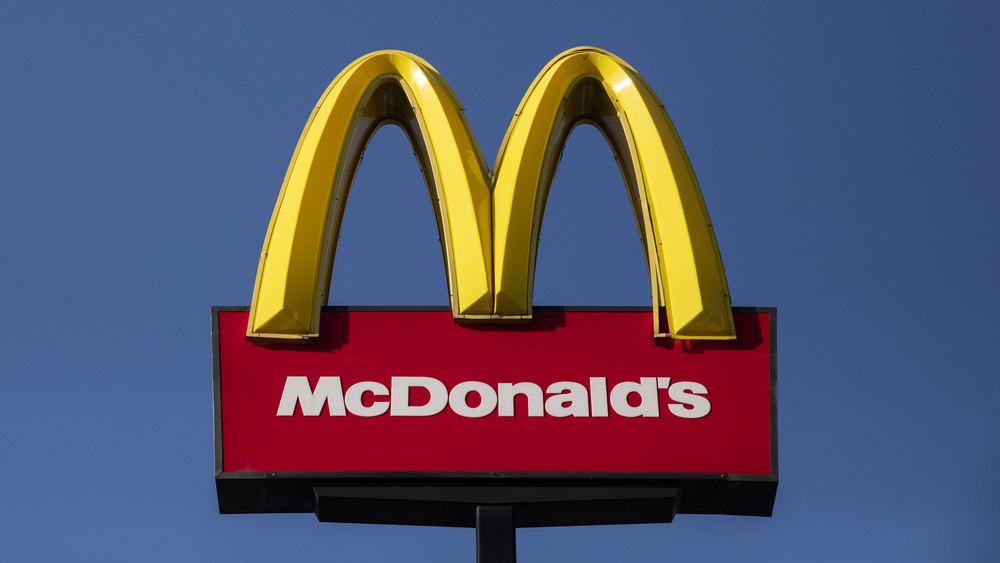The Futuristic Way You Might Soon Be Ordering From McDonald's Drive-Thru
In recent weeks, McDonald's has debuted its AI-run drive-thru in the suburbs of Chicago. This, as CNN reports, is part of McDonald's continued effort to make their drive-thrus ever more efficient. During the pandemic, McDonald's cut the time spent at their drive-thrus by 30 seconds, reducing an average trip of six minutes 18 seconds to five minutes 49 seconds.
However, that's not efficient enough for the fast food juggernaut. "Humans sometimes forget to greet people, they forget, they make mistakes, they don't hear as well," Lucy Brady, McDonald's chief digital customer engagement officer, stated. "A machine can actually have a consistent greeting and remain calm under pressure."
McDonald's has been gearing themselves for a more automated service since 2019 when they acquired the voice technology company Apprente, as reported by TechCrunch, and the "decision logic" company Dynamic Yield. Wired reporting shows why the latter presents more of a game change for drive-thru, for while voice technology may smooth out kinks in ordering, the latter lays the groundwork for McDonald's to employ technology that remembers the previous orders of customers to predict what they'll order in the future. In practice, this means that the menu board you approach will prompt you with both products that have proven popular and potential upsales for certain goods. "Ultimately you can see we'll be able to use predictive analytics — we're going to have real-time information, as we start to connect the kitchen together — further back through our supply chain," Steve Easterbrook, CEO, enthused.
McDonald's workers mayl be affected
Considering the boom of the drive-thru during the pandemic, it seems natural that automated drive-thrus will serve as the future of fast food. On Today, Rob Carpenter, founder of Valyant AI, explained that this next year will see tremendous take-off for AI's applications in fast food chains.
The benefits, according to Carpenter, extend to everyone. Customers will have more accurate orders filled more quickly, companies can expect more money as ever more customers can flow through, and employees no longer have to take orders, freeing them to focus on the food and other aspects of the drive-thru experience. "When they pull up to get their food, they can have a friendly face-to-face," he suggests.
A similar gesture towards improving the drive-thru experience was mentioned by Jamie Richardson, the VP of White Castle, at the end of the CNN piece. "What we've seen over the years is when we bring technology in it doesn't replace jobs," he explained. "It really helps you raise the bar on your hospitality and customer focus." However, if the virtue of a drive-thru is efficiency conducted by a customer-orientated AI, then hospitality arguably really isn't the main concern. Instead, it perhaps reads like an assumption that tasks for the workers who currently man the drive-thru will spawn without advocating for an actual policy in the situation that these workers are made merely redundant.

